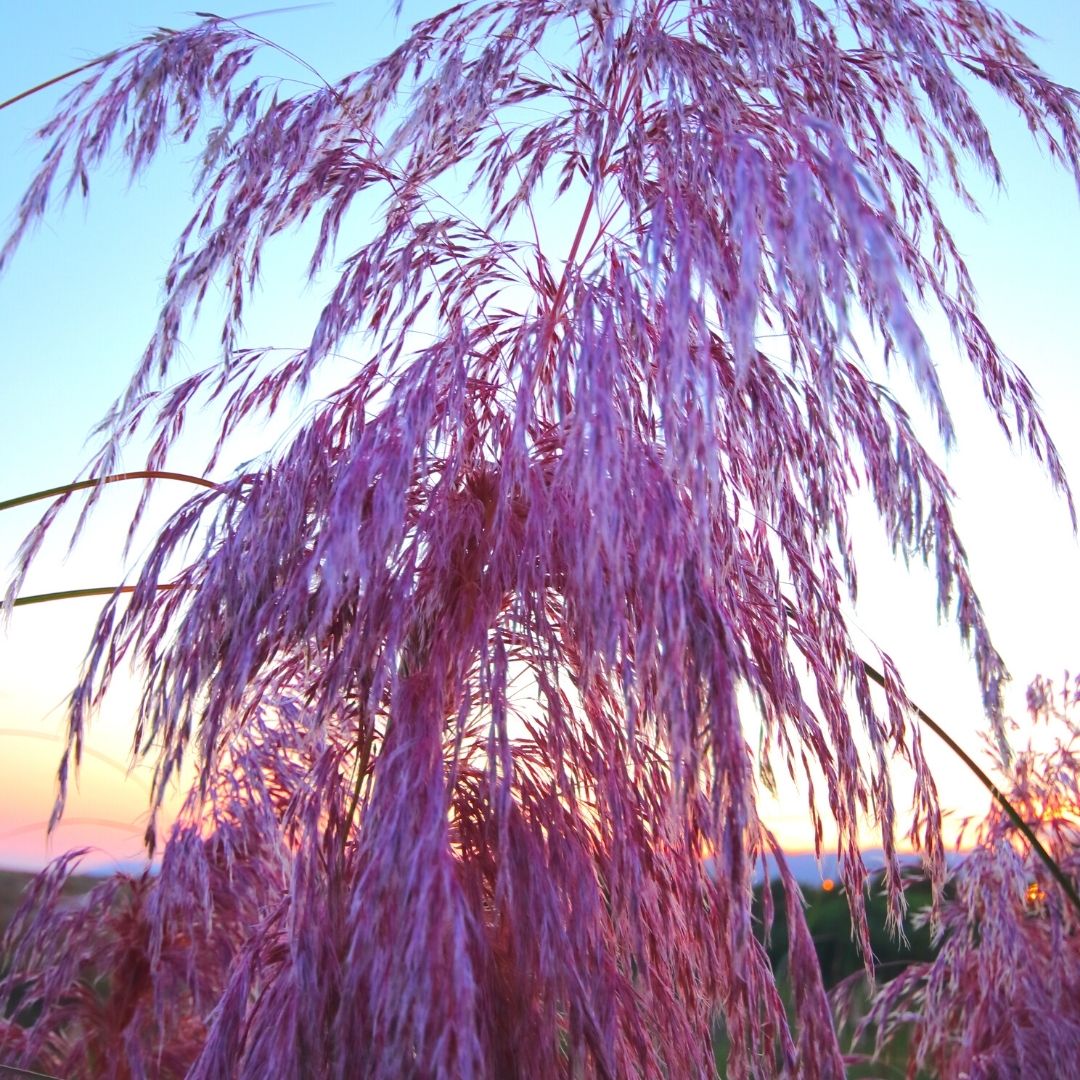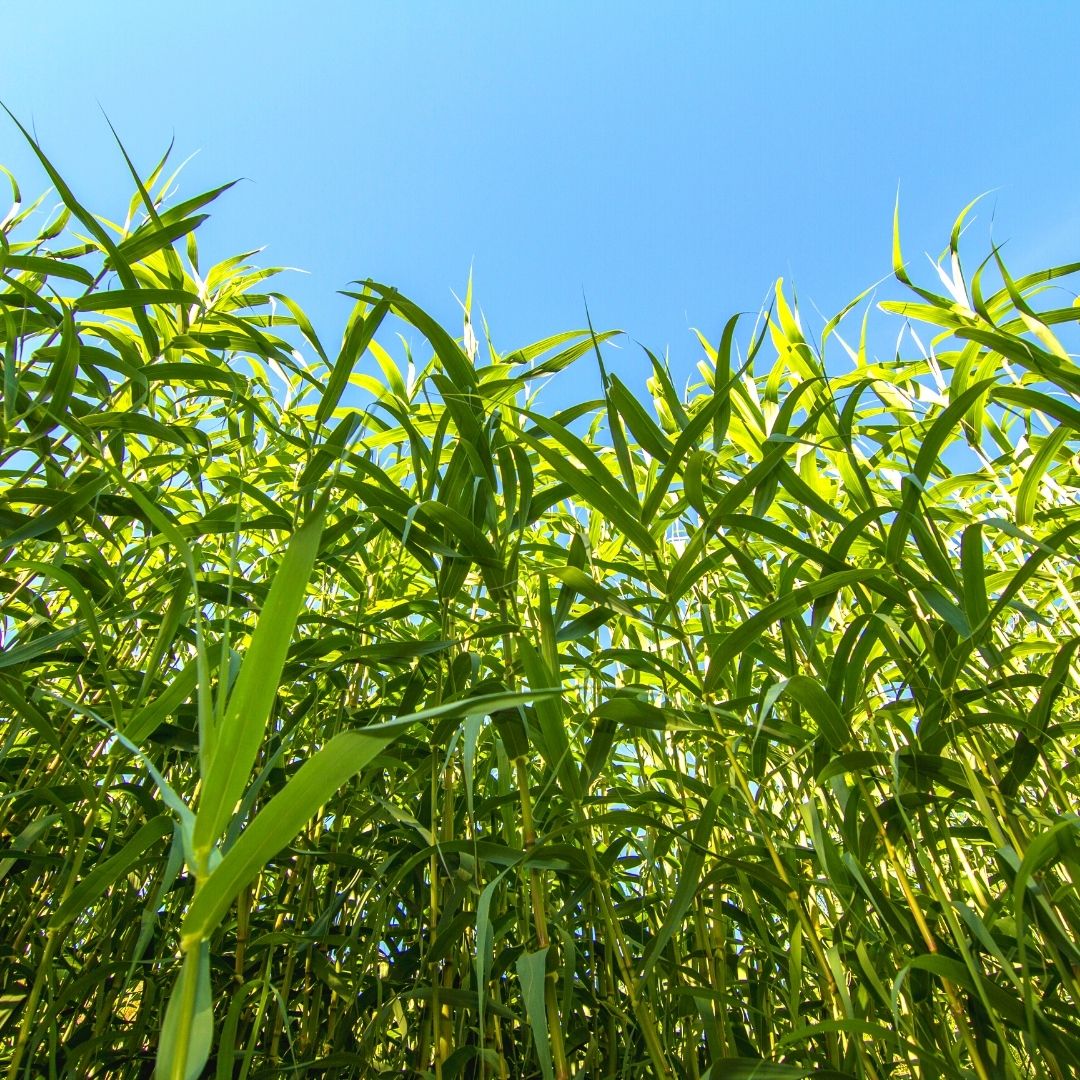Foraging Gozo. Sea Beet.
Sea Beet is found growing wild on Gozo and is a great alternative to chard.
Author of, Weeds For Health On Gozo, Heléna Szöllősy shares everything you need to know about the wild plants that make up Gozo’s unique and diverse flora. Enjoy learning about the healing benefits and many usages of Giant Cane which flowers in late summer.


Botanical Name: Arundo donax- L. Family Name: Arundienae Maltese Name: Ġgiant qasab, Qasba kbira Common Names: Arundo, Carrizo, Colorado River Reed, Giant reed, Giant Reed Grass, Spanish cane. Wild cane Meaning of the Name: Arundo, a reed, cane, donax, donakos from Greek, for a kind of reed.
Giant cane is a perennial growing from 6 m x 4m but can exceed 10 metres in ideal conditions. With hollow stems and leaves that are alternate, (30 to 60 centimetres long and 2 to 6 centimetres wide) it has a grey-green tapered tip and a hairy tuft at the base. Giant cane flowers in late summer, bearing upright, feathery plumes 40 to 60 centimetres long that are usually seedless or with seeds that are rarely fertile. Instead, it mostly reproduces vegetatively, by underground rhizomes. The rhizomes are tough and fibrous and form knotty, spreading mats that penetrate deep into the soil up to 1 metre deep.

Basketry, biofuel, biomass, broom, dye, hedge, musical instruments, paper, pipes, plant support, shelterbelt, soil stabilization, thatching, weaving…
Want to learn what else you can forage on Gozo? Click here.
Author : Heléna Szöllősy. Editor: GITH

Helena is an expert on the medicinal properties of plants having trained in Herbal Medicine and Naturopathy, specialising in Phytotherapy including Homeopathy, Aromatherapy, Apitherapy and Bach Flower Therapy.
Information on the traditional uses and properties of herbs are provided in this book for educational purposes only and is not intended as medical advice. This information is not intended to be used to diagnose, prescribe or replace professional medical care. If you have any serious health concerns, you should always check with your health care practitioner before self-administering herbs. Please also undertake your own research when foraging. Some wild plants are endangered and are protected by law.
Sea Beet is found growing wild on Gozo and is a great alternative to chard.
Did you know Wild Asparagus Is really good for your skin? You can find it on Gozo all year round.
Wild Artichokes Are found growing wild on Gozo and super healthy for the liver.
Small White Clover, found growing wild on Gozo and known to be lucky makes a great pudding!